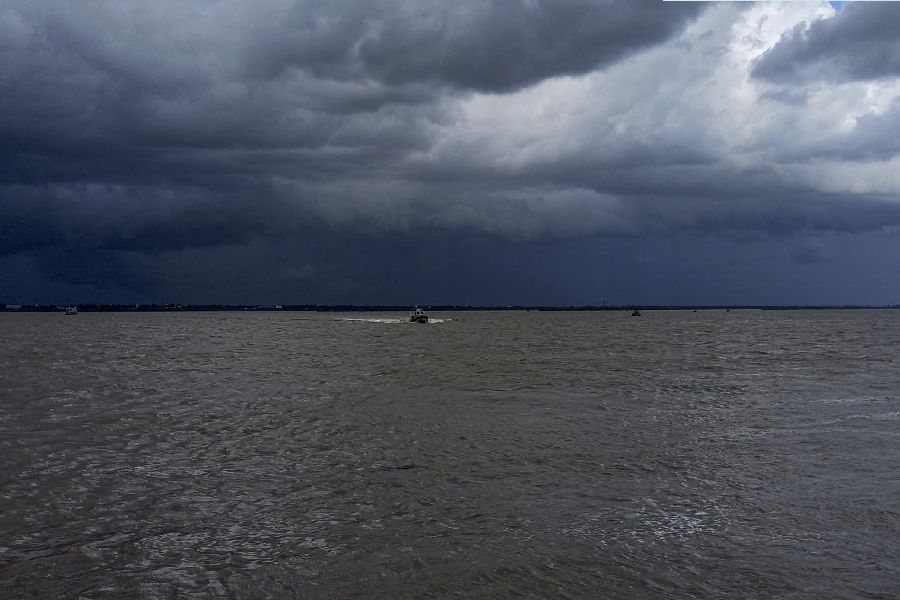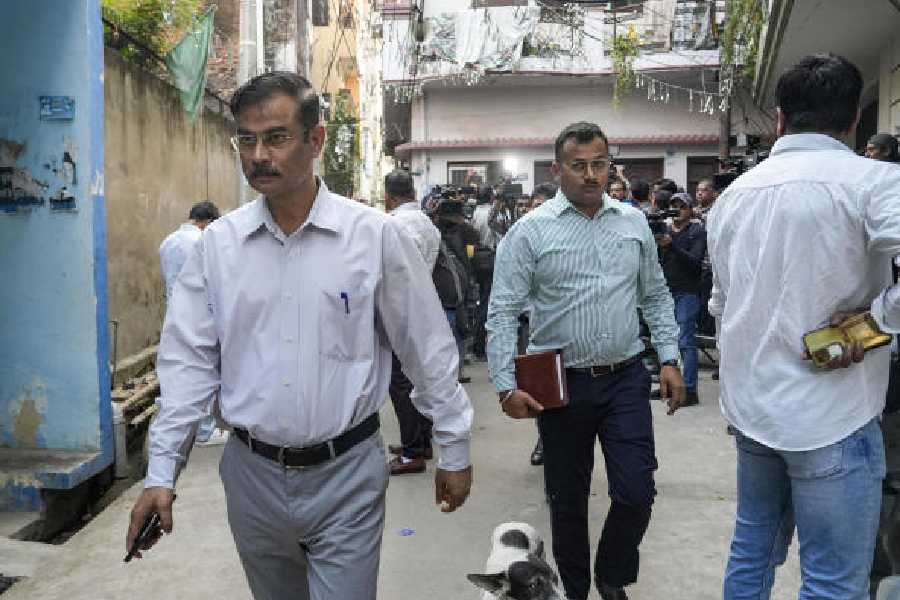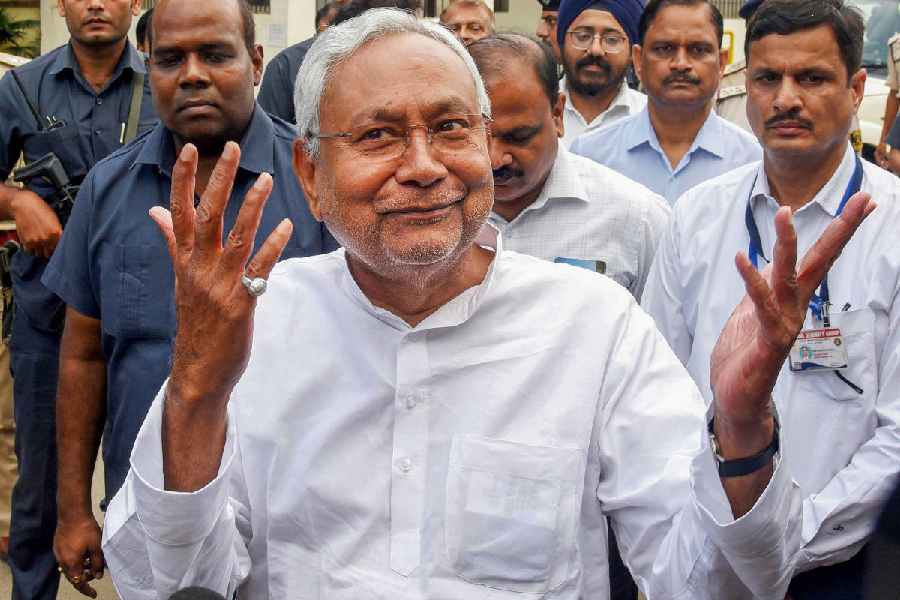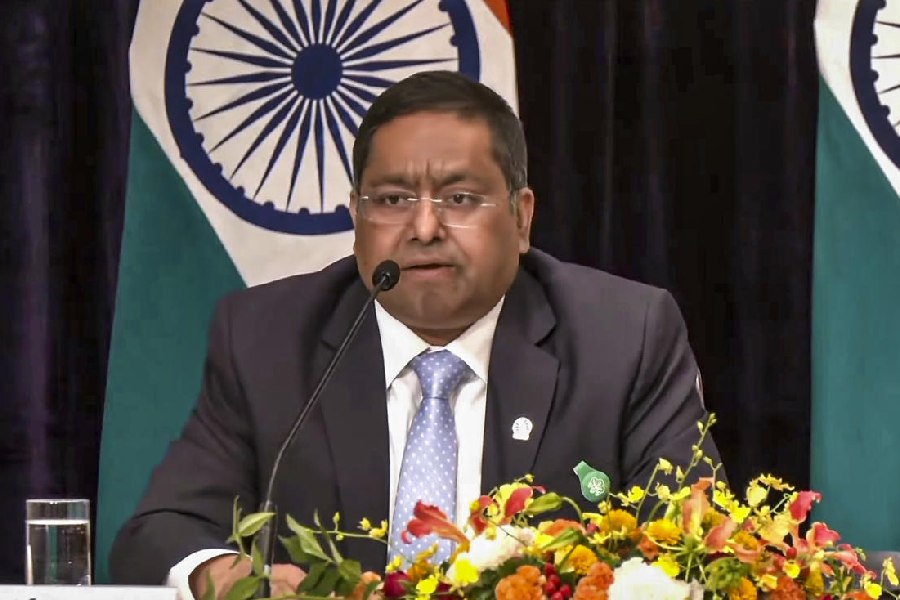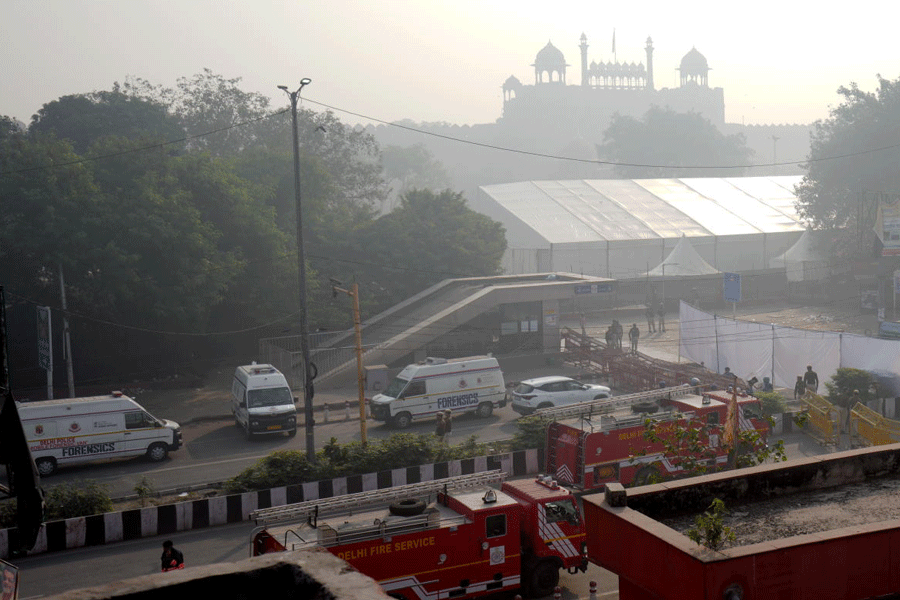What if the solution to India’s net-zero ambition isn’t just on land but beneath the waves? The ‘blue economy’ is India’s overlooked trillion-dollar lever where environmental sustainability, economic growth, and strategic maritime power intersect. With a coastline stretching over 11,098.81 km and an Exclusive Economic Zone of 2.3 million sq km, India holds vast, untapped marine wealth. Yet, the blue economy continues to remain peripheral to economic planning, climate policy, and industrial strategy.
The Union budget 2024-25 marked a welcome departure with the launch of Blue Economy 2.0 aimed at building climate-resilient coastal livelihoods through aquaculture, mariculture, and sustainable marine tourism. However, one vital component within this ecosystem continues to receive inadequate attention: blue carbon. Representing the carbon sequestered by marine-vegetated ecosystems such as mangroves, tidal marshes, and seagrasses, blue carbon constitutes a high-impact, nature-based solution to climate change.
India’s mangrove cover, at 4,991.68 sq km, plays a pivotal role in carbon sequestration, biodiversity protection, and coastal buffering. Despite their capacity to store up to four times more carbon per hectare than terrestrial tropical forests, blue carbon ecosystems are neither fully integrated into India’s climate accounting under the Paris Agreement nor into its carbon market frameworks. Worse, these ecosystems are facing threats due to extreme pollution, rising sea levels, coastal erosion, and extreme weather events. An estimated 75-199 million tonnes of plastic waste now pollute the oceans, with over 33 billion pounds added annually, alongside chemical runoff and untreated sewage. This pollution severely degrades marine biodiversity and diminishes the ocean’s capacity to sequester carbon. Notably, the die-off of microscopic algae like phytoplankton, responsible for absorbing 30-40% of global CO₂ emissions, undermines one of the most effective natural carbon sinks.
Recent fiscal interventions signal intent. The Union budget 2025-26 earmarked
Rs 25,000 crore for a Maritime Development Fund, targeting investments in shipbuilding, port electrification, logistics, and marine infrastructure. This includes Rs 6,100 crore to modernise public shipyards and Rs 2,850 crore to skill India’s youth in maritime technologies, laying the groundwork for a green maritime industrial base capable of producing low-emission vessels and sustainable port ecosystems. Concurrently, the fisheries sector has received a substantial boost. The Pradhan Mantri Matsya Sampada Yojana saw a 64% rise in allocation. These funds will scale up infrastructure for fish harbours, cold chains, and processing units, aiming to reduce post-harvest losses, raise export readiness, and transition towards carbon-neutral fisheries.
What remains missing is a direct fiscal and policy impetus for restoring and conserving blue carbon ecosystems. Hearteningly, Tamil Nadu has articulated a pathway for coastal prosperity, focusing on sustainable shipbuilding, seafood processing, eco-tourism, and mangrove restoration.
To unlock the full potential of blue carbon, India must integrate coastal ecosystems into its formal climate strategy. This includes recognising their carbon sequestration capacity in updated Nationally Determined Contributions, incorporating them into
voluntary carbon markets and climate finance mechanisms, and prioritising their restoration. Dedicated funding for blue carbon conservation, improved scientific monitoring, and state-level incentives for coastal ecosystem management are essential.
India’s maritime geography is not merely a conduit for commerce; it is an ecological and economic asset of strategic significance.
Sanjib Pohit is a Professor and Sovini Mondal is a Research Associate at the National Council of Applied Economic Research. Views are personal

